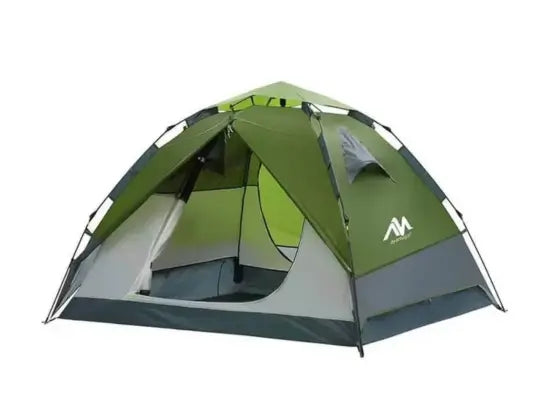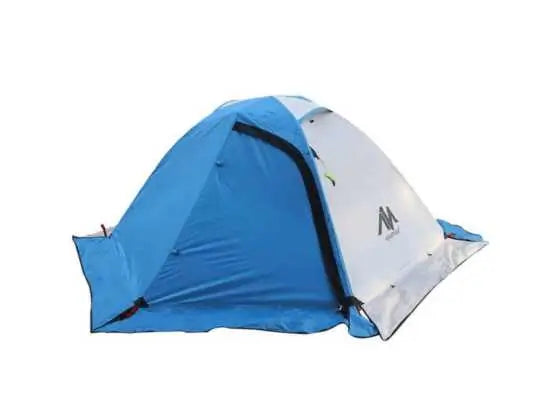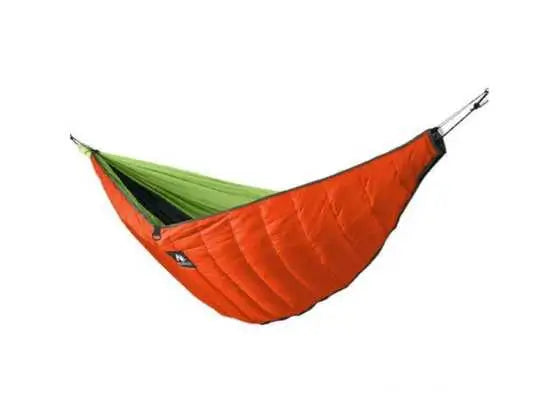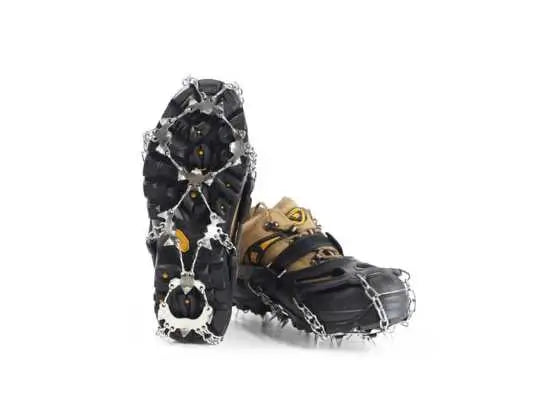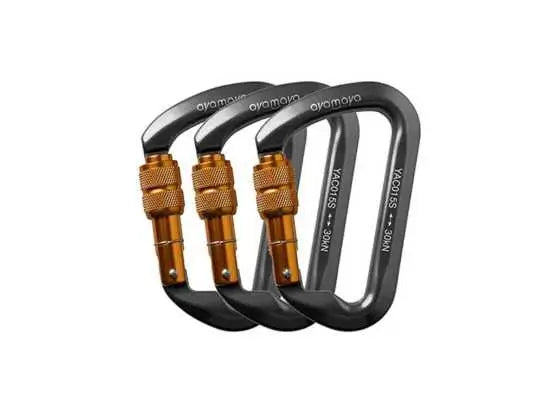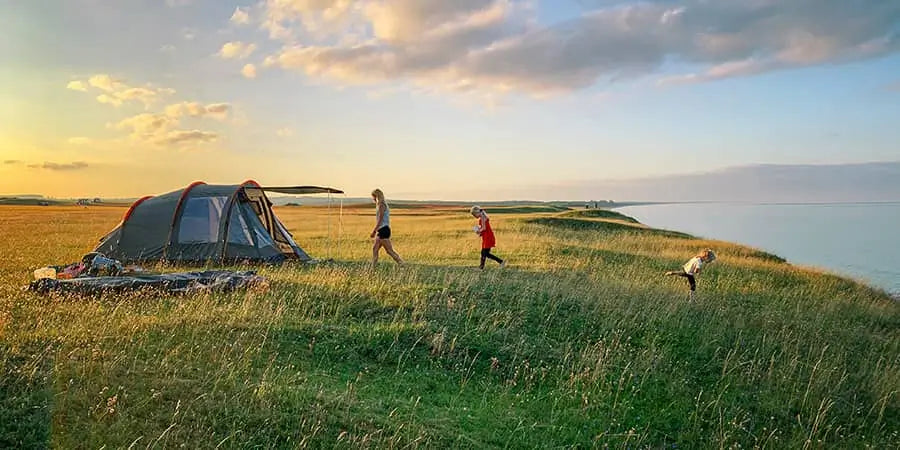Sometimes you have this feeling to be just alone, far from everything and everyone around you. Sometimes you feel that you need to escape from the hustle and bustle of the city. Wait, how about this! Imagine yourself alone in the woods, underneath the stars, sitting on the grass beside a camp fire, sipping hot coffee and just staring at the dancing flames, admiring the beauty of nature, far from the noise and pollution of the concrete jungle.
Solo camping. This could be just the thing you need! If you haven’t tried it, or have no experience on what to do, what to prepare and what to expect when solo camping, then you are in luck. Let’s talk about the basics of solo camping. What you need to know and what you can expect. We will also talk about what to prepare, how to keep it light, and of course food. Let us plan your first solo adventure!
Camping is so much fun when you are with friends. It is also the safest. You don’t want to get into any trouble and not have somebody with you especially during an emergency. But solo camping, when planned properly can be safe, fun and full of adventure.
Do your research and prepare well before you go

When planning for a solo camp adventure, you have to research and identify your target destination. If this is your first time, pick a known established trail with a safe camp site. One that has a water source if possible. Take time to do some research on the elevation, level of difficulty, distance, weather, water source and how many hours it will take to reach the camp site from the jump off point and down to the exit point. Also find out of any possible dangers around the area. Wild animals, landslides, cliffs, etc. For starters, I suggest you pick a trail that will only require you one night to camp. This will allow you to pack light and if in case you get into any kind of trouble, it will be easier for you to get help. Make sure you inform your friends and family of your itinerary, when you plan to start and end the trek and when they will expect you to be back. This is very standard in case something happens. They should start looking for you if you are not back as expected. Before starting with the trek, make sure you get the necessary permit if needed. Inform the ranger or the police station and give them your details and information for safety and emergency purposes.
What do you need? - Camping with a light pack
Essential gear
I don’t suggest you buy gears right away if this is your first time unless you really plan to be doing this more often. Camping gears can be expensive, especially if you really want the good ones. Here are some of the basic ones you need. If you can borrow these, perfect!
Backpack – get at least a 35L to 40L backpack. Maybe 50L. This really depends on what you expect out there. The weather condition, the distance, water availability etc. But for a 2-3 hour trek to the camp site and another 2 – 3 hours back, this should be enough to fit all the basic stuff you need to survive.
 Tent – There are a lot of tents out there, but not all of them I would recommend. You want at least a 3 Season Solo Stand Alone Tent that has a rainfly and a small vestibule. It has to have enough height to make you sit upright when inside. Anything less than this is a no-no. If you can’t find a solo tent, you can go for a double tent but be prepared to carry the extra weight. Some tents only have a small cover at the top, we call it the napkin. This is not so good when the weather gets a bit tough. The rainfly is very important to keep the moisture outside the main tent and keeps the temperature inside a bit warmer. Keep in mind that in the woods, it can get really cold at night.
Tent – There are a lot of tents out there, but not all of them I would recommend. You want at least a 3 Season Solo Stand Alone Tent that has a rainfly and a small vestibule. It has to have enough height to make you sit upright when inside. Anything less than this is a no-no. If you can’t find a solo tent, you can go for a double tent but be prepared to carry the extra weight. Some tents only have a small cover at the top, we call it the napkin. This is not so good when the weather gets a bit tough. The rainfly is very important to keep the moisture outside the main tent and keeps the temperature inside a bit warmer. Keep in mind that in the woods, it can get really cold at night.
Shoes/Sandals – Depending on the trail, I would normally recommend to just use a trekking sandal instead of shoes but if needed, go for the shoes. Not just any shoes though, you need to have a good hiking pair. My favorite has always been Salomon. It is very comfortable, lightweight and durable. You need something that has a good grip when things get really slippery when the rock or ground is wet. Don’t get any of those gore tex or waterproof shoes. Yes, it will keep the water out but it will also keep the water in if water really starts to go deeper. I’d go for the mesh type of shoes w/c is mostly what Salomon has. This allows water to flow.
Packing light with necessary clothing
The most common mistake that happens is over packing. Sometimes you get too excited that you end up bringing more than what you need. For an overnight camp out, you will only need at least 2 sets of clothing. Maybe add 1 set just for emergency cases especially when you expect some rain or getting wet along the trail. Packing light is not as easy as it sounds. Even until now, I sometimes have the tendency to over pack a little bit. The trick is to imagine the entire trek. Why only 2 sets you may ask? The first set is the clothes on you when you leave the house going to the jump off site. You will be using this going up the trail until you reach the camp site. The 2nd set will be the ones you will use when you hit the sack. It has to be comfortable, fresh, dry and enough to keep you warm. The following day when you are ready to exit, you re-use set 1 clothes for the trek down the exit point. Smart and effective, right? On top of this, you will also need a fleece jacket or a wind breaker depending on the weather conditions. I would also recommend for you to bring gloves, socks, a beanie or anything light that could help keep you warm and comfortable if you expect it to get really cold. Oh, and don’t forget to waterproof. All you need is a garbage bag. Put it inside your backpack before you put all the other stuff in.
Make sure you sleep well and warm
The best thing that you can do when solo camping is to make sure that you will be comfortable when you sleep. Don’t expect to always have a leveled soft ground where you can pitch your tent. It may be rocky, uneven, hard and uncomfortable. Back in the day, we use a rolled up P.E foam insulation, this may help insulate the cold from the ground but it was still hard to sleep on. Sleeping bags were not enough to keep the pointy rocks out of the way. Plus they can be really bulky. But don’t worry. I know just the thing. Heard about Camping Air Mattress? Yes, ever since these came out, camping just became so much better. It used to be very expensive but now, there’s plenty of choices that you can find online. It doesn’t have to be fancy and expensive. As long as it holds air and keeps your back from directly hitting the ground, you are good to go. But for the purpose of packing light, pick the smallest one you can find.
Bring enough food and snacks
When camping, I always want to make sure the food is special, for dinner at least. Some would just go for the Ready to eat Meals which is okay and practical. But not for me. Preparing delicious food for camp dinner doesn’t have to be difficult, you just need to plan and prepare ahead whatever you want to have and heat it up for later. If it is easy enough to prepare on site, then by all means go ahead. Plan your food and bring just enough. Keep it light, remember? How much food you bring depends on what time you plan to start and end your trek. I suggest you have a full meal prior to leaving the jump off point and then pack something special for lunch and dinner. For next day’s breakfast, you can bring a cold cut sandwich and coffee. Tip, I always bring a beef jerky as back up. They are light, they don’t spoil easily and are very delicious. Bring a couple of chocolate bars, a few nuts and candies for trail food just in case you need that sugar rush. If you will be doing some cooking at the camp site, you will need a portable burner and cook set. Cheap ones are available now if you can’t borrow from a friend. Just make sure you don’t forget to bring a can of butane gas for fuel. Make sure you know how to use it so do some practice cooking at home prior.

Other Nifty Stuff
There are other stuff you will need to make your life easier when camping outdoors. It depends on what you plan to bring but you may need one of those Survival Multi tool gadgets. This can cut, open cans, and you can use it for just about anything. You will also need a flashlight, a lighter to start a fire, water bottle and a good book to read before going to bed.
These are just some of the basic stuff you will need when camping solo. Enough to make it enjoyable and comfortable. Remember to always stay safe and alert. Enjoy your time alone in the woods!

